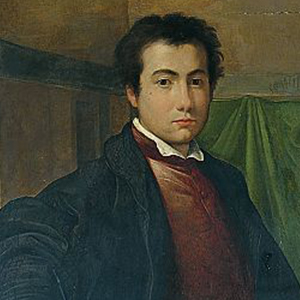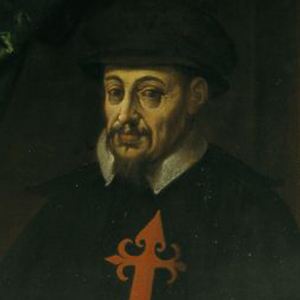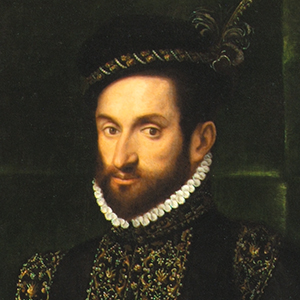In 1944 Psyche’s Room was heavily damaged by bombing that destroyed a large part of the ceiling. It was reconstructed during the recent restoration, but still remains undecorated. In the fanlight a scene depicting Psyche and Amore can be seen, from the story told in the second century AD by Apuleio in his work Asino d’oro. The myth claims that the beautiful Psyche falls in love with Eros, but when she lights a lantern to pierce the darkness of night to see her lover’s face, a drop of oil falls on his back, thus waking him up and he subsequently leaves her. Subjected to Venus’ cruel tests - among others he sent her to fill a phial from the river Styx, the river in Hell - Psyche was able to pass them all and finally, becoming immortal, joined her love for eternity. The room holds images of Andrea Doria and his immediate successors. Between the fifteenth century and the start of the sixteenth century, the family supplied many great admirals who would go on to serve and defend Christianity against Turkish advance in the Mediterranean, in close alliance with the Spanish.

This is the most famous portrait of Andrea Doria, painted by Sebastiano del Piombo in 1526 upon request by Pope Clement VII, in order to celebrate the nomination of the Genoese Admiral to the post of Supreme Commander of the Papal Fleet. Andrea is shown at the age of sixty in austere black clothing, wearing his Admiral’s hat. Below him a frieze shows six naval trophies, evoking marble sculptures from the first century BC which are held in the Capitolino Museum, which probably refer to six ships that were put under his command by the Pope. Stylistically, the work is of great note. The exceptionally fine shading of grey and black gives emphasis to the few parts of the work with bright colours: Andrea’s face and his hand which indicates the emblems on the frieze below.

Lacking a direct descendant, Andrea Doria had planned his successor to be Giannettino, his cousin Tomaso’s son. This youngster had a brilliant naval career, culminating in the capture of the ferocious pirate Dragut, off the coast of Corsica. In 1547 he fell victim to a conspiracy by the Fieschis, and was killed by a blunderbuss shot not far from this building. The painting, probably by Francesco Salviati, shows the young Doria in a dynamic pose, with his right hand on his hip, while in his left he is holding a sword.

At the age of just seven, Giovanni Andrea I, following the death of his father Giannettino, was identified by Andrea Doria as his heir. In this portrait, painted between the end of the fifteenth and start of the sixteenth century, the Prince’s successor is shown at around sixty years of age, wearing the uniform of the Knights of Saint James. At his back, ships in battle draw a clear allusion to his rank as ‘General of the Sea’. Before him, the dog Roldano, given by King Philip II to show gratitude for the loyalty of the Dorias. The portrait is probably the work of Alessandro Vaiani, a Florentine artist who was active in Genoa towards the end of the fifteenth century.

Recent research has suggested that this work may have been carried out by the Bolognese artist, Lavinia Fontana, and is commonly believed to be of Andrea II Doria. The first-born of the Admiral of Lepanto, in 1592 he married Giovanna Colonna, the niece of Marcantonio. The Roman noblewoman probably acted as a broker for the arrival in Genoa of Michelangelo Merisi da Caravaggio in August 1605. From a very young age, Andrea II took part in naval activity: he would later give this up and pass the title of General of the Genoese Fleet to his brother Carlo, Duke of Tursi. The nobleman is shown with a coin in his right hand, his left hand is on the hilt of his sword, and he is wearing highly ornate armour, with a dog by his side.